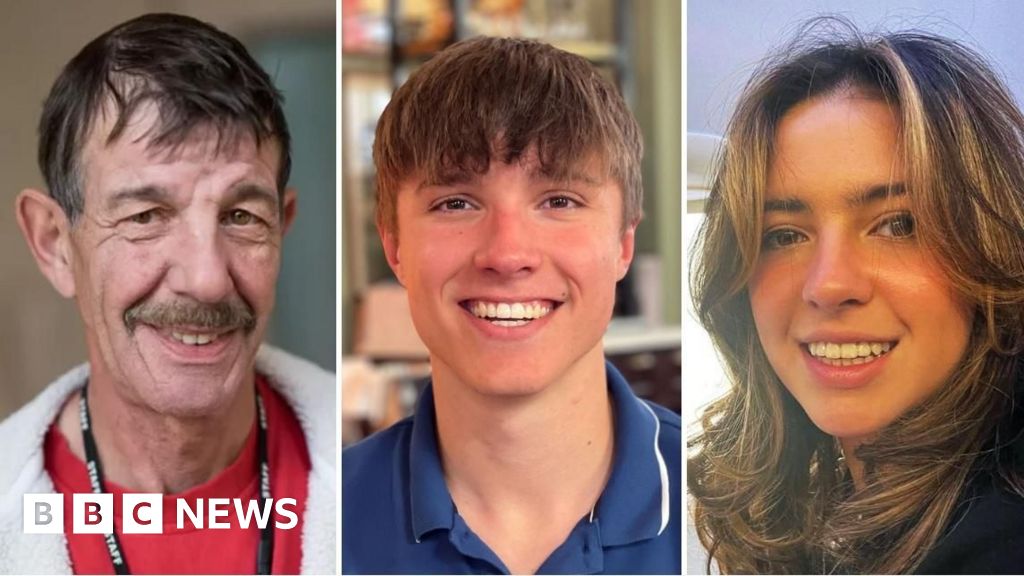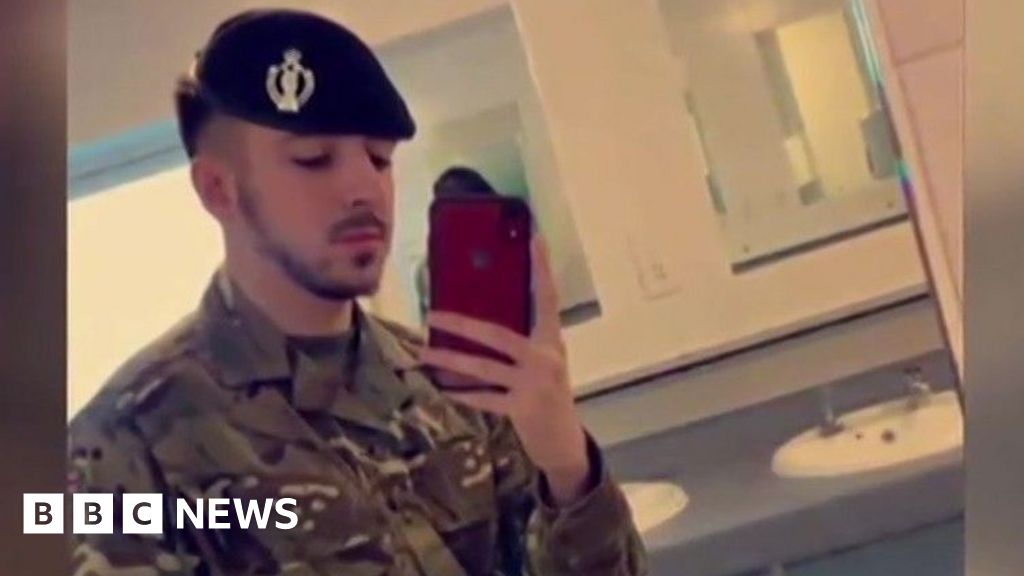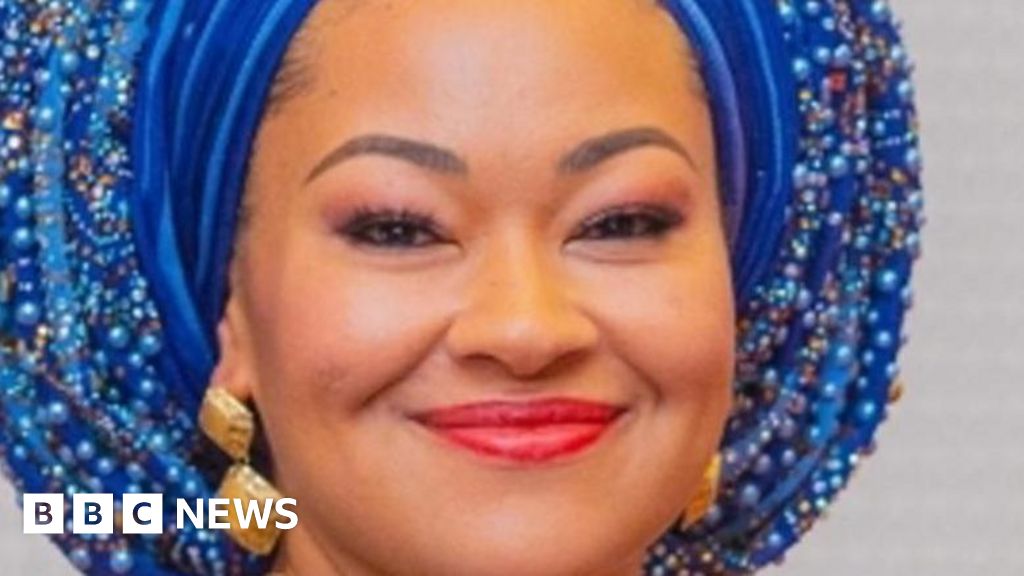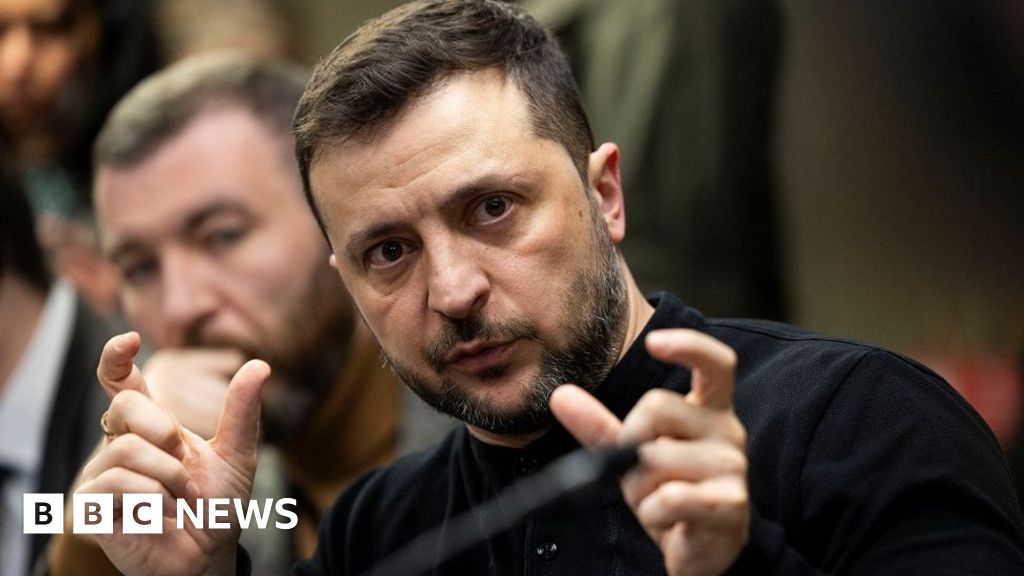
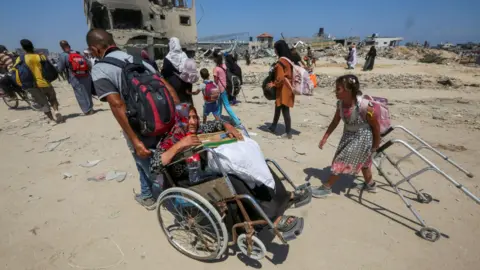 Reuters
Reuters
Hundreds of Palestinians were seen leaving eastern Khan Younis on Monday
Hundreds of people were seen fleeing on foot and by car.
Gaza's health ministry said 70 dead people and more than 200 injured, many of them in a serious condition, had been brought to the already overwhelmed Nasser hospital in the west of the city and appealed for blood donations.
The Palestinian Red Crescent meanwhile reported that nearby al-Amal hospital, which it runs, had received another five dead and 33 injured.
The medical organisation also said its clinics in the towns of Maan and Bani Suhaila, which are both located about 2km (1.25 miles) east of Khan Younis, had gone out of service because of the Israeli evacuation order. Israeli officials said the order did not apply to hospitals.
Medics and residents told Reuters news agency that many people had been killed by tank fire in Bani Suhaila, while Hamas’s military wing said it had targeted Israeli tanks there.
"It is like doomsday," said one resident, who one identified himself as Abu Khaled. "People are fleeing under fire, many are dead and wounded on the roads."
The Israel Defense Forces (IDF) said on Monday evening that an operation above and below ground in Khan Younis had begun "due to intelligence indicating that terrorists were operating and firing rockets in these areas, as well as efforts by Hamas to reassemble its forces there".
Aircraft and artillery had “struck more than 30 terror infrastructure sites in Khan Younis, including in the area from which a projectile was launched toward Nirim in southern Israel" on Monday, as well as a weapons storage facility, observation posts and tunnel shafts, it added.

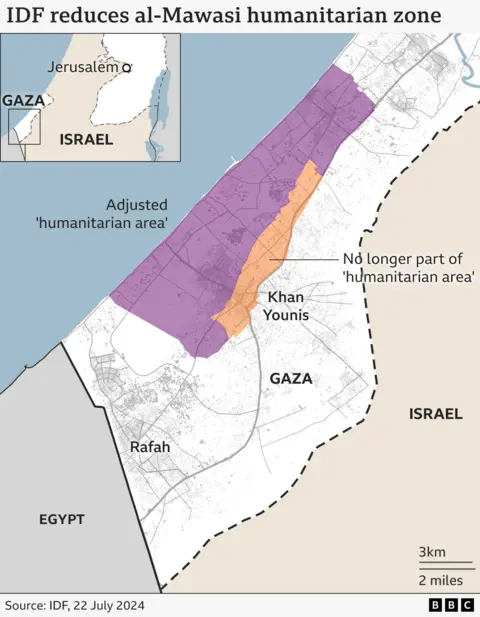
Much of Khan Younis was destroyed in an Israeli offensive which ended in April, but large numbers of people returned after troops began an operation in nearby Rafah in early May.
At the start of this month, they were displaced once again after the IDF issued a fresh evacuation order for other eastern neighbourhoods of Khan Younis as well as nearby towns and villages, including Bani Suhaila.
They were instructed to go to the humanitarian zone - which stretches along the coast from al-Mawasi to the central town of Deir al-Balah - despite warnings from the UN that it was already overcrowded with tents and lacking basic services and critical infrastructure.
Mahmoud Abu Saqr, 46, told the BBC that he and his family had fled Bani Suhaila on Monday and were now “sitting on the street” in the humanitarian zone.
“No-one can buy a tent. There is no way anywhere here to put up a new tent, even if we had money,” he said.
“The Israeli artillery stationed on the border has been shelling our town since the morning. We were displaced to Rafah in November and returned to the town after the army asked us to do so. Today, we received a text message on our phone.”
He added: “There is no such thing as a safe area. It is all a lie.”

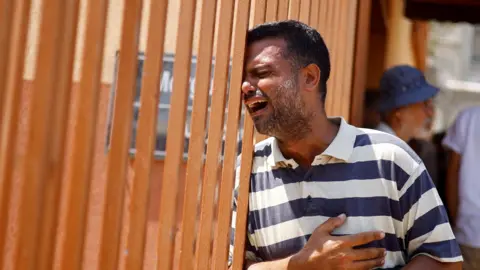 Reuters
Reuters
Many dead and injured people were brought to Nasser hospital, in western Khan Younis
The IDF said it had decided to temporarily evacuate the eastern part of the humanitarian zone "in order to mitigate harm to the civilian population and keep civilians away from areas of combat". It also accused Hamas of using civilians as human shields, which the group denies.
In response, Hamas called on the international community “to take urgent action to stop the series of systematic Zionist killing against our people”.
Israel has also carried out several deadly strikes in the humanitarian zone in the past two weeks, which it has said targeted Hamas and allied fighters operating there.
On 13 July, the Gaza health ministry said more than 90 people had been killed in an Israeli strike inside al-Mawasi that targeted the head of Hamas’s military wing.
The IDF's spokesman said on Friday that there were "increasing signs" that Mohammed Deif was among the dead, but that Hamas was hiding what had happened to him. He also confirmed again that the commander of Hamas's Khan Younis brigade was killed in the strike.
Israel launched a campaign in Gaza to destroy Hamas in response to an unprecedented attack on southern Israel on 7 October, during which about 1,200 people were killed and 251 others were taken hostage.
More than 39,000 people have been killed in Gaza since then, according to the territory’s health ministry, whose figures do not differentiate between civilians and combatants.

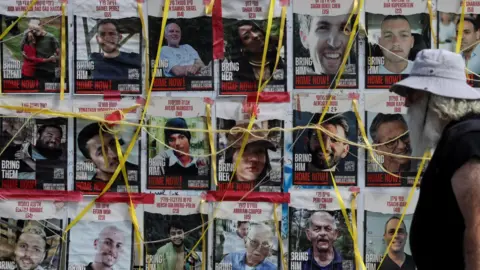 Reuters
Reuters
Israel's military confirmed on Monday the deaths of two more of the 116 hostages still being held in Gaza
In a separate development on Monday, the IDF confirmed the deaths in captivity of two more Israeli hostages, based on intelligence information.
A statement said an investigation was being carried out into the circumstances of the deaths of Yagev Buchshtab, 35, and Alex Dancyg, 76, who also had Polish citizenship. Israeli media reports cited military sources as saying there was a “high probability” that at least one of the men was killed by Israeli fire.
“Yagev and Alex were taken alive and should have returned alive to their families and to their country,” the Hostages and Missing Families Forum said in a statement. “Their death in captivity is a tragic reflection of the consequences of foot-dragging in negotiations.”
The forum demanded that Israeli Prime Minister Benjamin Netanyahu immediately approve a proposed ceasefire and hostage release deal with Hamas.
Mr Netanyahu’s office said on Sunday that he had held an in-depth discussion with Israel’s negotiating team and directed them to take part in the next round of indirect talks mediated by Qatar and Egypt later this week.
Israel says 116 hostages are still being held in Gaza, 44 of whom are presumed dead. There are another four hostages who were kidnapped before 7 October. Two of them are believed to be dead.
The IDF also said on Monday that it was looking into a report that Israeli forces had fired at a marked UN convoy that was heading to Gaza City.
The head of the UN agency for Palestinian refugees (Unrwa), Philippe Lazzarini, said an armoured car had been hit by at least five bullets while waiting near an Israeli checkpoint south of the Wadi Gaza river valley on Sunday. The vehicle was severely damaged and UN staff had to take cover, but there were no casualties.
Mr Lazzarini said the convoy’s movement had been co-ordinated with Israeli authorities and demanded that “those responsible must be held accountable”.
 (1).png)
 7 months ago
15
7 months ago
15

